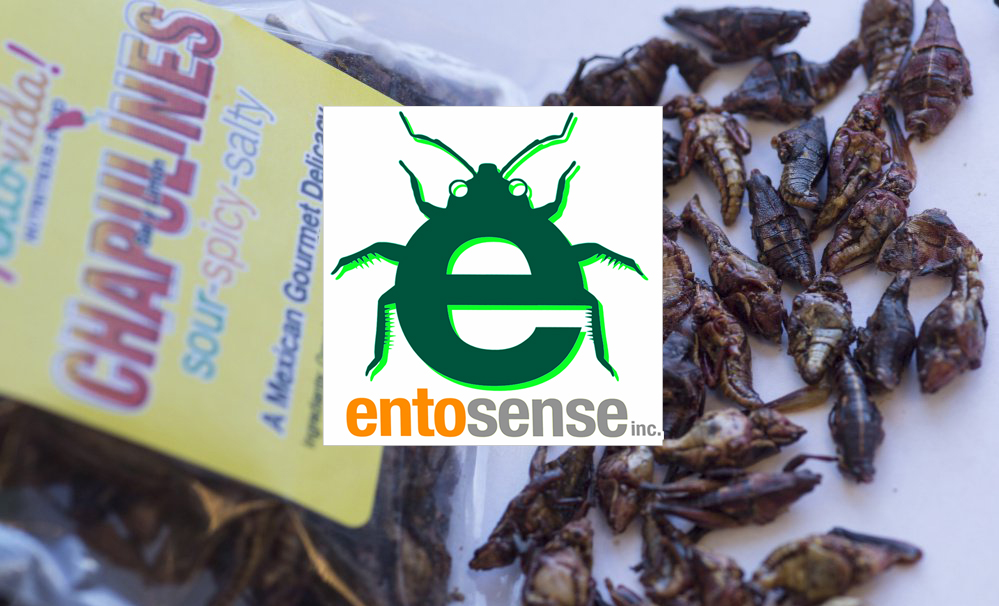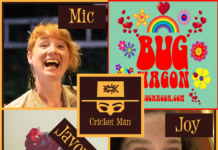Our friends, brother and sister team Bill and Sue Broadbent of Entosense LLC, an online edible insect retailer based in Maine, just moved out of a 600 sq ft barn into a 5000 sq ft facility with plans to expand even further! The article below fills us in on all the details.
Also: We have really big news to announce shortly regarding our relationship with Entosense, stay tuned!
Brother and sister Bill and Susan Broadbent have moved their edible insect business from his 600-square-foot barn in Auburn into 5,000 square feet in Lewiston’s Hill Mill so they can expand their product line — cotton candy crickets are coming in two weeks — and raise first thousands, then a million, crickets per month. The siblings also hired their first six employees, who started work this week, and they’re pitching major health food and grocery chains to get on those shelves. Business is, no question, hopping.
Entosense’s plans call for setting up a commercial kitchen for roasting on the fifth floor of the Hill Mill. They’ve already set up a clean room and offices and have space to grow the cricket farm where they hope to be raising up to a million crickets per month in a year’s time. In making the move across the river, the company can grow from buying product in small packages that they affix their own label to, to buying in bulk and repackaging, a move that’s cost-effective and lets them experiment with wilder flavors. Coming soon are roasted crickets in flavors including white cheddar, orange creamsicle, Mexican mole, Italian lasagna, Korean barbecue, jalapeno garlic and cotton candy, “which tastes surprisingly good,” Bill Broadbent said. “(Susan) did a lot of taste-testing to come up with those.”
“There’s a big demand right now and it both comes from the food industry and from the medicinal, pharmaceutical companies. We feel like we’re still in the infancy. It’s just going to keep growing.”
“Environmentally, there’s a ton of reasons: They’re sustainable, they can be grown in an urban environment, they use a fraction of a percent of water that cattle or other animals do, their food-to-feed ratio is two to one, which is great.” With an ever-growing population and fewer resources, they’re hoping more people reconsider the edible bug. “Three years ago, everybody thought we were just trying to gross people out,” Susan Broadbent said. “They didn’t know about any of the health aspects or the environmental aspects, and now with all the shows, we contact a lot of people by phone and they’ve heard of (eating insects).”















